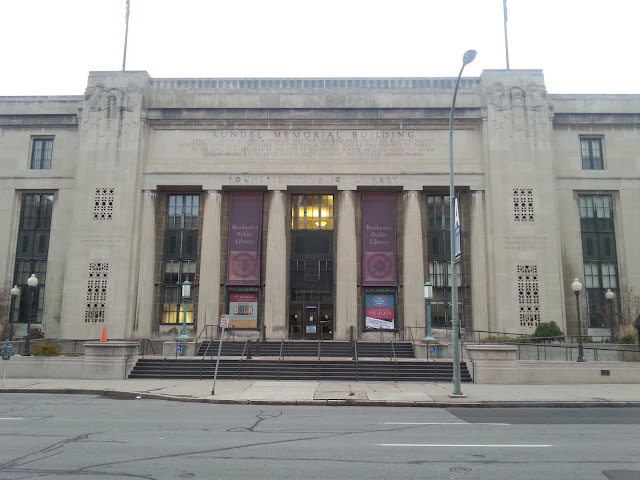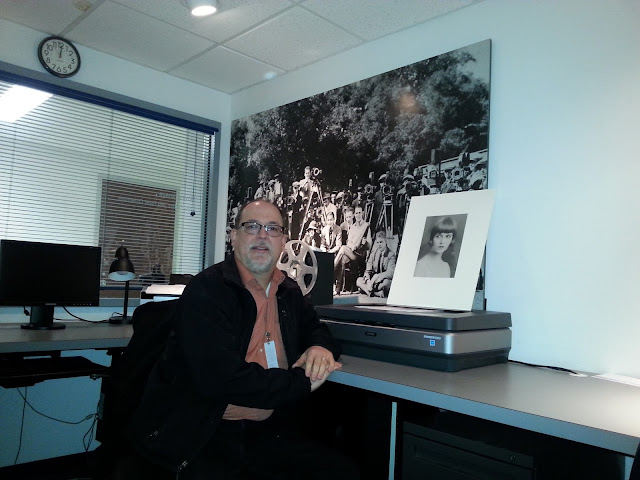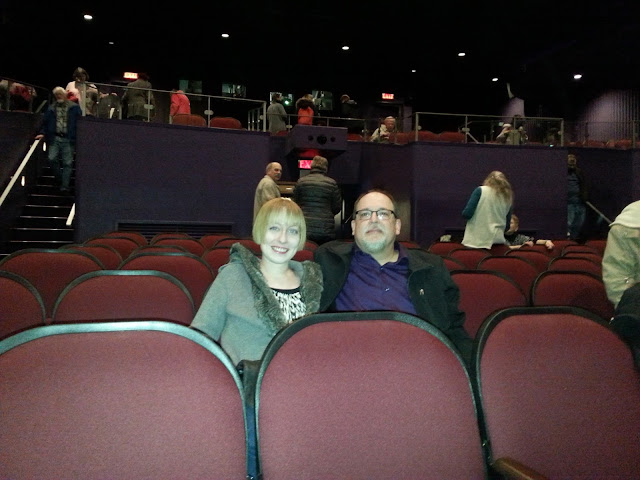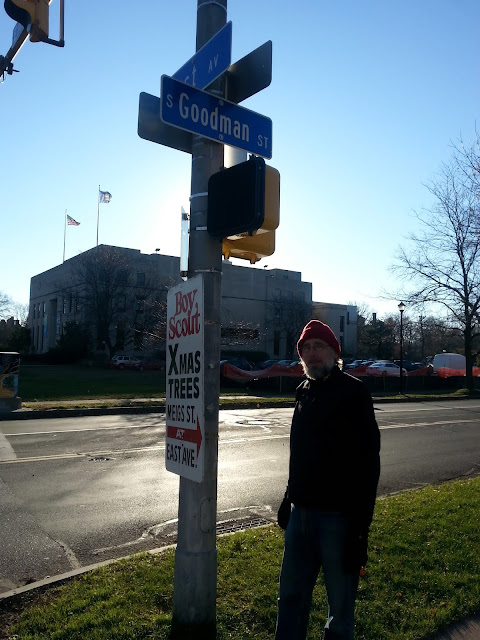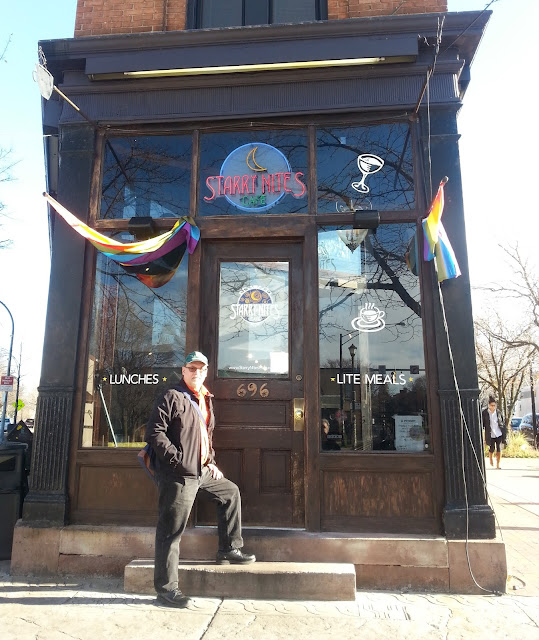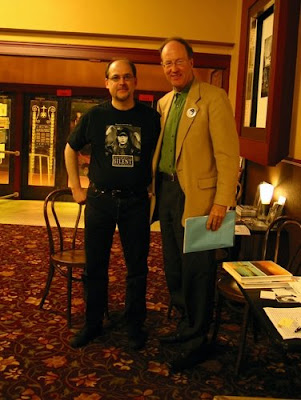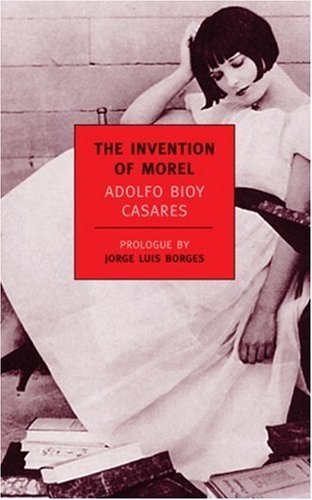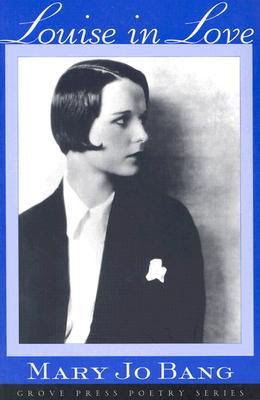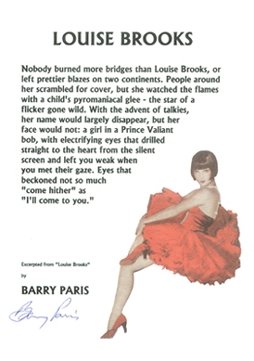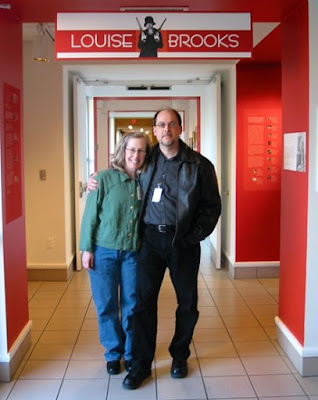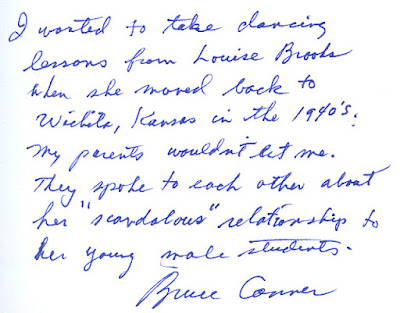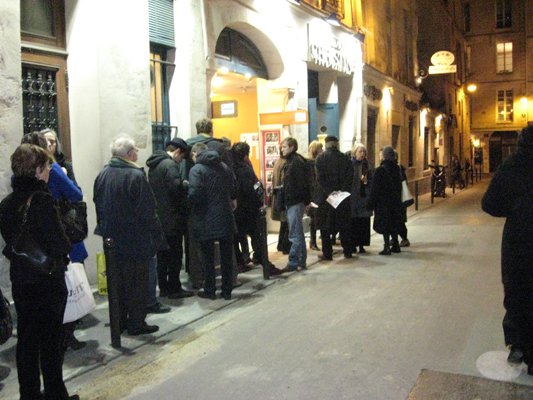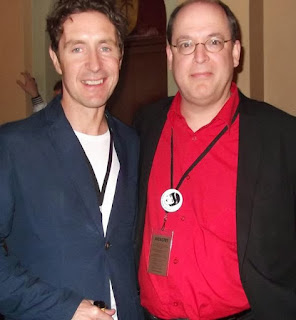If you are near the Oper Halle (Saale), Germany on December 4, 2015 you might want to check out the premiere of Lulu, a ballet enacted by Jochen Ulrich & the Tanzfonds Erbe, based on Frank Wedekind's Büchse der Pandora and Erdgeist.
There are performances on Dec. 30th 2015; Jan. 23rd & 31st, Feb. 26th, March 4th and June 25th 2016. For more information see http://buehnen-halle.de/lulu
Musikalische Leitung Robbert van Steijn
Inszenierung und Choreografie Jochen Ulrich †
Inszenierung und Choroegrafie Darie Cardyn
Bühne Katrin Kegler-Fritsch
Kostüme Marie-Therese Cramer
Dramaturgie Manfred Weber
Dr. Schön Michal Sedláček
Eduard Schwarz Johan Plaitano
Lulu Yuliya Gerbyna
Dr. Goll Martin Zanotti
Schigolch Dalier Burchanow
Ballett Rossa
Statisterie der Oper Halle
Staatskapelle Halle
There are performances on Dec. 30th 2015; Jan. 23rd & 31st, Feb. 26th, March 4th and June 25th 2016. For more information see http://buehnen-halle.de/lulu
Gefördert von TANZFONDS ERBE – eine Initiative der Kulturstiftung des Bundes
Mit der Premiere des Balletts »Lulu« des 2012 verstorbenen Choreografen Jochen Ulrich, einem der entscheidendsten Wegbereiter des Modernen Tanzes in Deutschland, knüpft das Ballett Rossa an die erfolgreiche Vertanzung von dessen »Anna Karenina« an. Auch bei diesem Handlungsballett nach der gesellschaftskritischen Doppeltragödie »Erdgeist« und »Die Büchse der Pandora« des deutschen Schriftstellers und Dramatikers Frank Wedekind steht eine der faszinierendsten Frauenfiguren der Weltliteratur im Mittelpunkt. Als musikalische Grundlage dienen Kompositionen des Italieners Nino Rota zu den zwischen 1952 und 1970 entstandenen Filmen »Rocco und seine Brüder« und »Der Leopard« von Visconti sowie »Der weiße Scheich«, »La Strada«, »8 ½« und »Die Clowns« von Fellini, die sowohl groteske als auch dekadent neo-roman- tische Züge tragen. Hierzu erzählt Jochen Ulrich seine »Lulu« mit seinem unverwechselbaren ausdrucksstarken Tanzstil als Geschichte einer selbstbewusst mit ihrer erotischen Anziehungskraft spielenden Frau aus einfachsten Verhältnissen. Alle Männer, die ihr begegnen, erliegen ihren Verführungs- künsten. Indem Lulu deren Fantasien befriedigt, bringt sie ihre Liebhaber um den Verstand und treibt sie in den Tod. Auf der Flucht vor der Polizei landet sie in London, wo sie sich – inzwischen selbst emotional ausgebeutet – im finstersten Milieu prostituiert und die Begegnung mit dem Freier Jack the Ripper tragisch endet.
Musikalische Leitung Hilary GriffithsMit der Premiere des Balletts »Lulu« des 2012 verstorbenen Choreografen Jochen Ulrich, einem der entscheidendsten Wegbereiter des Modernen Tanzes in Deutschland, knüpft das Ballett Rossa an die erfolgreiche Vertanzung von dessen »Anna Karenina« an. Auch bei diesem Handlungsballett nach der gesellschaftskritischen Doppeltragödie »Erdgeist« und »Die Büchse der Pandora« des deutschen Schriftstellers und Dramatikers Frank Wedekind steht eine der faszinierendsten Frauenfiguren der Weltliteratur im Mittelpunkt. Als musikalische Grundlage dienen Kompositionen des Italieners Nino Rota zu den zwischen 1952 und 1970 entstandenen Filmen »Rocco und seine Brüder« und »Der Leopard« von Visconti sowie »Der weiße Scheich«, »La Strada«, »8 ½« und »Die Clowns« von Fellini, die sowohl groteske als auch dekadent neo-roman- tische Züge tragen. Hierzu erzählt Jochen Ulrich seine »Lulu« mit seinem unverwechselbaren ausdrucksstarken Tanzstil als Geschichte einer selbstbewusst mit ihrer erotischen Anziehungskraft spielenden Frau aus einfachsten Verhältnissen. Alle Männer, die ihr begegnen, erliegen ihren Verführungs- künsten. Indem Lulu deren Fantasien befriedigt, bringt sie ihre Liebhaber um den Verstand und treibt sie in den Tod. Auf der Flucht vor der Polizei landet sie in London, wo sie sich – inzwischen selbst emotional ausgebeutet – im finstersten Milieu prostituiert und die Begegnung mit dem Freier Jack the Ripper tragisch endet.
Musikalische Leitung Robbert van Steijn
Inszenierung und Choreografie Jochen Ulrich †
Inszenierung und Choroegrafie Darie Cardyn
Bühne Katrin Kegler-Fritsch
Kostüme Marie-Therese Cramer
Dramaturgie Manfred Weber
Dr. Schön Michal Sedláček
Eduard Schwarz Johan Plaitano
Lulu Yuliya Gerbyna
Dr. Goll Martin Zanotti
Schigolch Dalier Burchanow
Ballett Rossa
Statisterie der Oper Halle
Staatskapelle Halle



